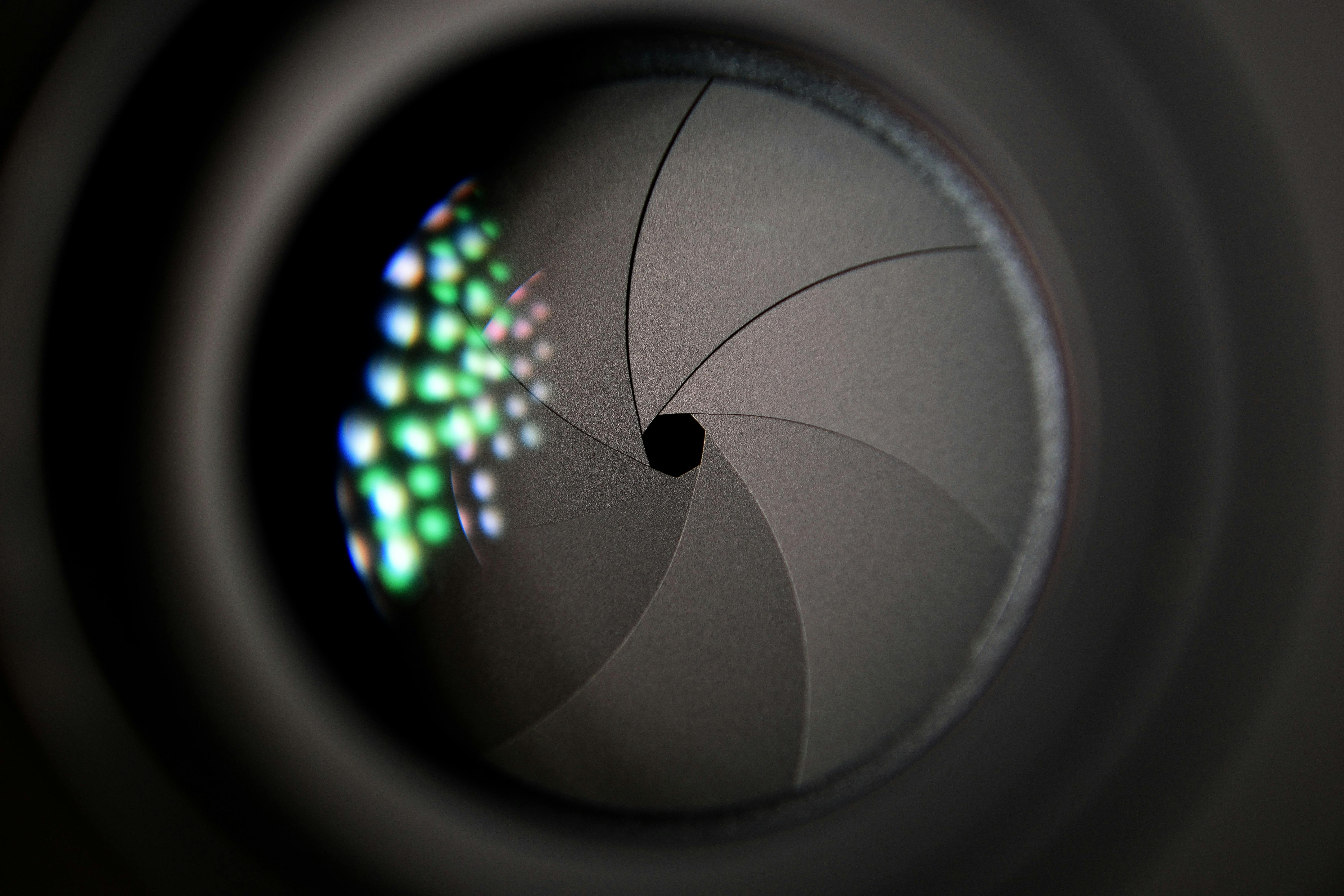Light Field Cameras: The Next Big Leap in Photography
Introduction: In our ceaseless pursuit of more immersive and realistic digital experiences, a new form of photographic technology is quietly emerging into the mainstream. Light field cameras, also known as plenoptic cameras, offer the potential to revolutionize our understanding of photography by allowing users to refocus images after they've been taken. Let's take a closer look at this intriguing development in the world of digital imaging.

A Brief History of Light Field Cameras
Light field technology isn’t exactly new. In fact, the concept was first introduced by Gabriel Lippmann, a French physicist, in 1908. However, it wasn’t until the 1990s that researchers at Stanford University began exploring its potential in the realm of digital imaging. Despite the early promise, the technology faced significant hurdles in terms of processing power and data storage. Over the past decade, advances in both these areas have propelled light field cameras from a theoretical concept to a viable commercial product.
Light Field Cameras Today
Today, several companies are leading the charge in light field camera technology. Lytro, a Silicon Valley startup, was the first to release a consumer light field camera in 2012. While the product received mixed reviews, it marked a significant milestone in the evolution of digital photography. Since then, other companies, like Raytrix and Pelican Imaging, have also entered the fray, each with their unique take on light field imaging.
How Do Light Field Cameras Work?
Unlike traditional cameras that capture light intensity and color, light field cameras also record the direction of light rays. This additional data allows for a more comprehensive representation of the scene, providing more flexibility during post-processing. Users can adjust the focus, depth of field, and even the perspective after the image has been taken. This opens up new possibilities for photographers and videographers, especially in fields like virtual reality and 3D imaging.
Market Impact and Price Range
While it’s still early days for light field cameras, the potential market impact is significant. The technology could revolutionize fields like virtual reality, filmmaking, and even autonomous vehicles, where accurate depth perception is critical. As for the price, the first consumer models from Lytro started at around $400, but as with all new technology, we can expect these prices to fall as the technology matures and competition intensifies.
The Future of Light Field Cameras
While the current models are still somewhat niche, the future of light field cameras looks promising. Tech giants like Google and Apple have shown interest in the technology, with Google investing in Lytro, and Apple acquiring patents related to light field technology. Furthermore, advancements in computational photography and artificial intelligence could further enhance the capabilities of light field cameras, making them an exciting space to watch in the coming years.
In conclusion, light field cameras represent a fascinating development in digital imaging. By capturing not just the intensity but also the direction of light, these devices offer unprecedented control over photographic images. While still in its infancy, the technology holds immense potential and could well be the next big leap in photography. It’s an exciting time to be a photography enthusiast!




